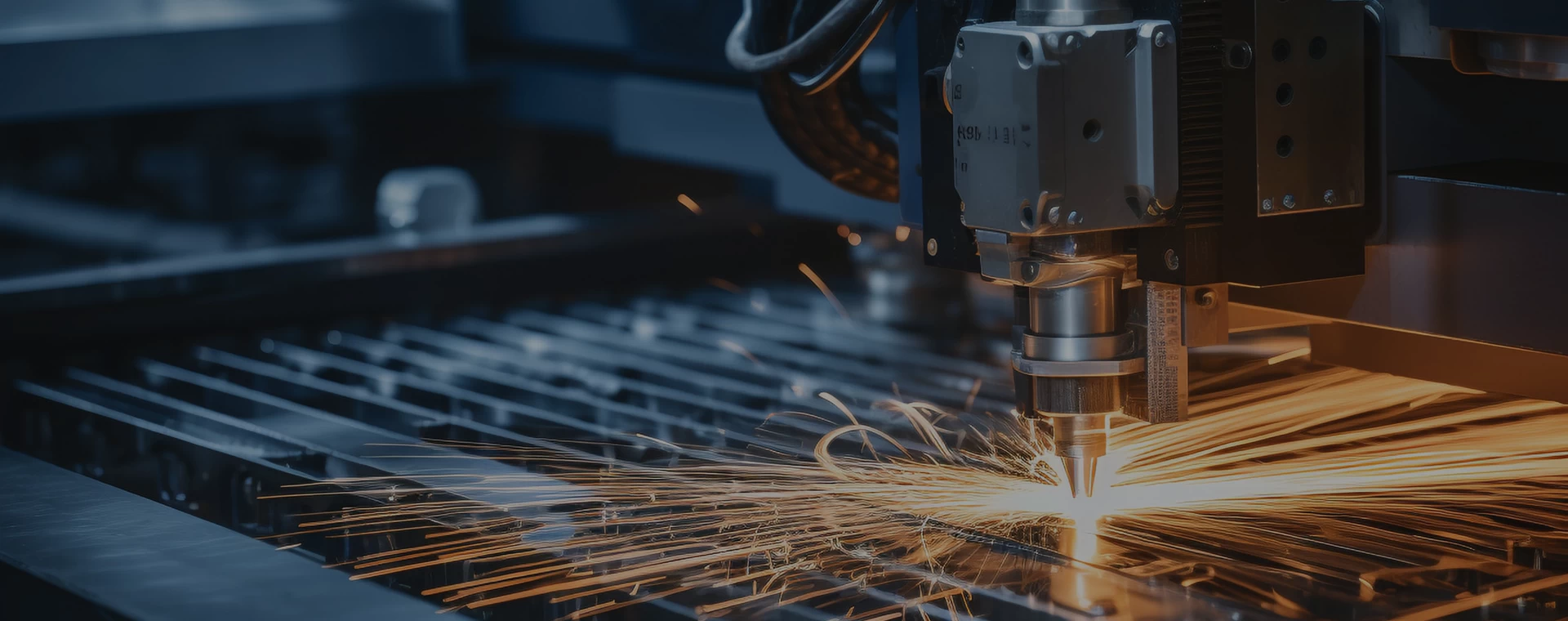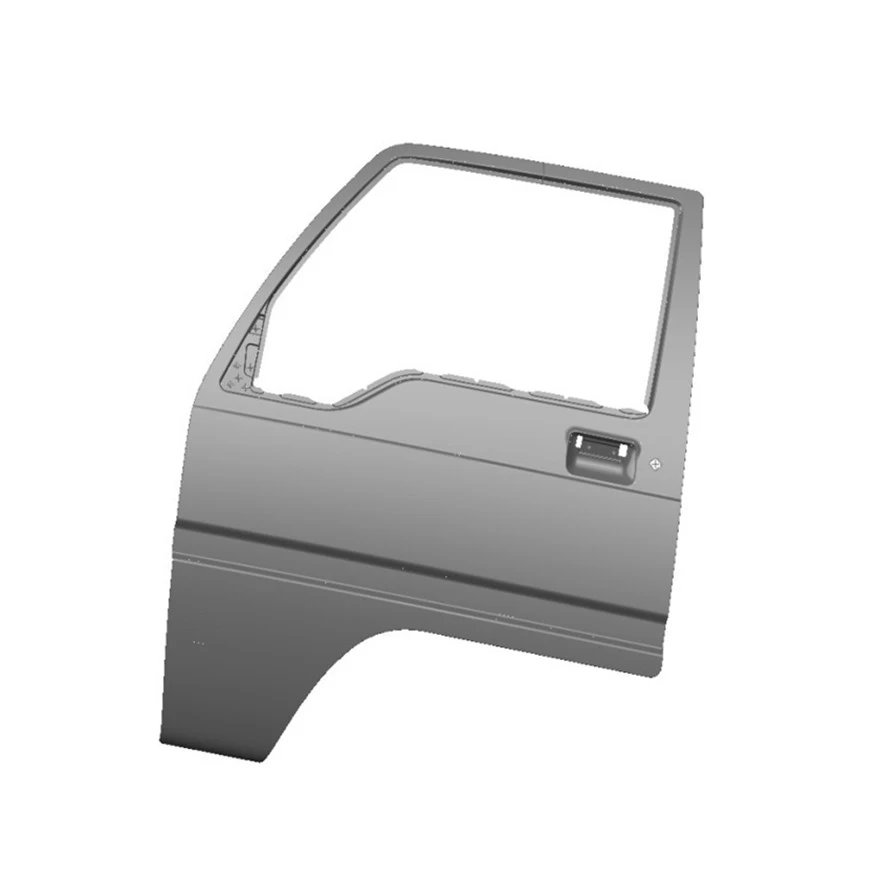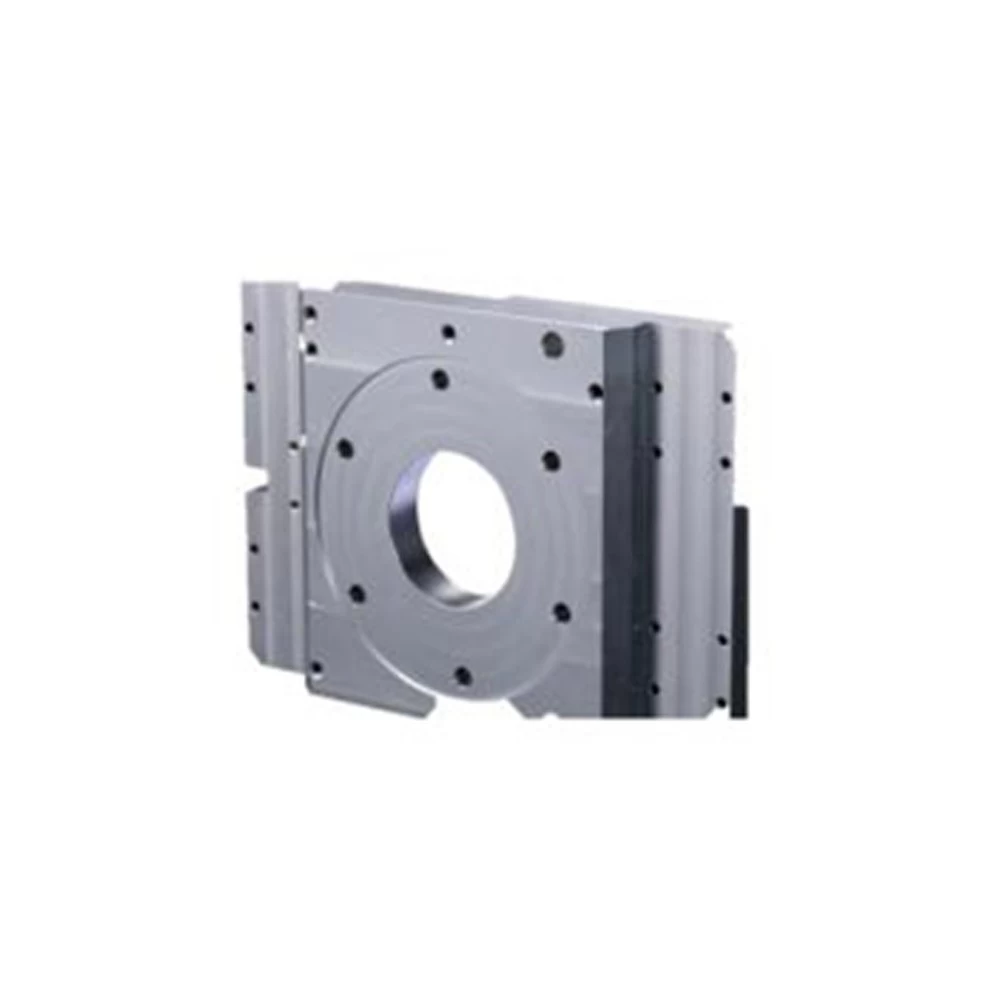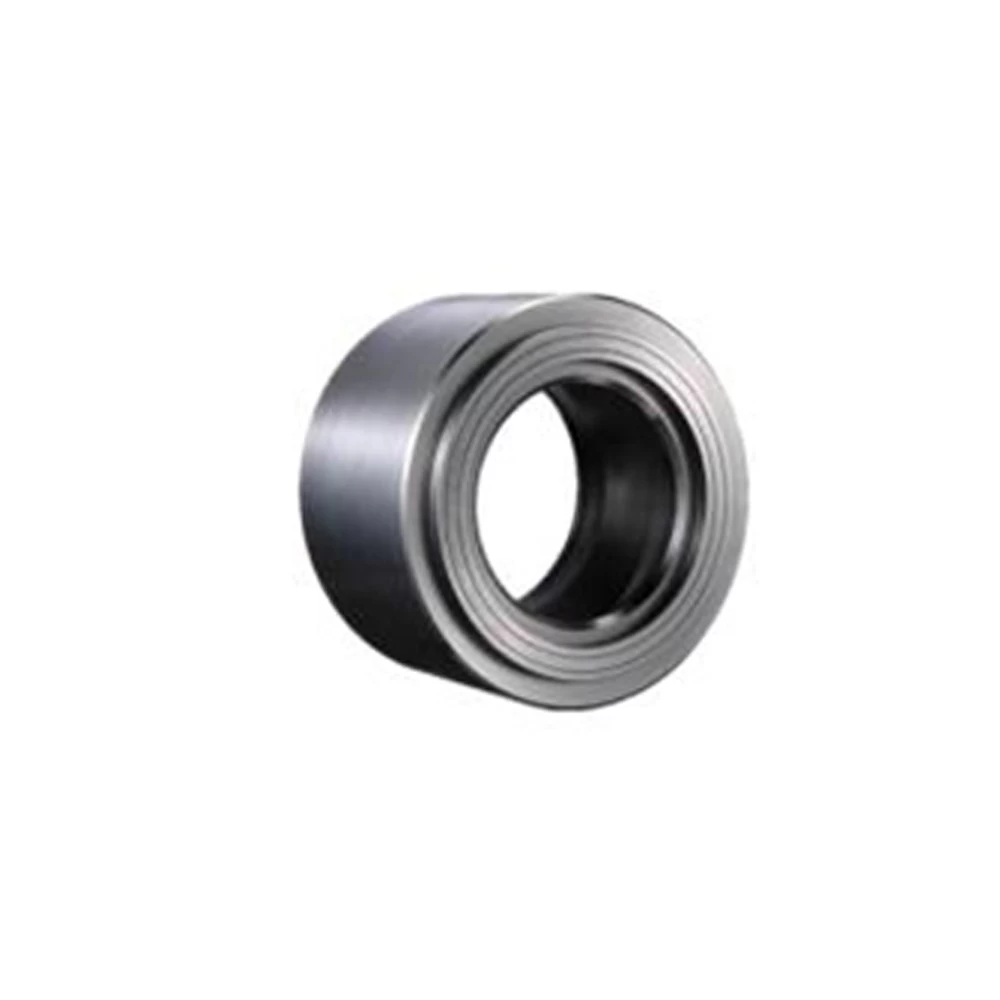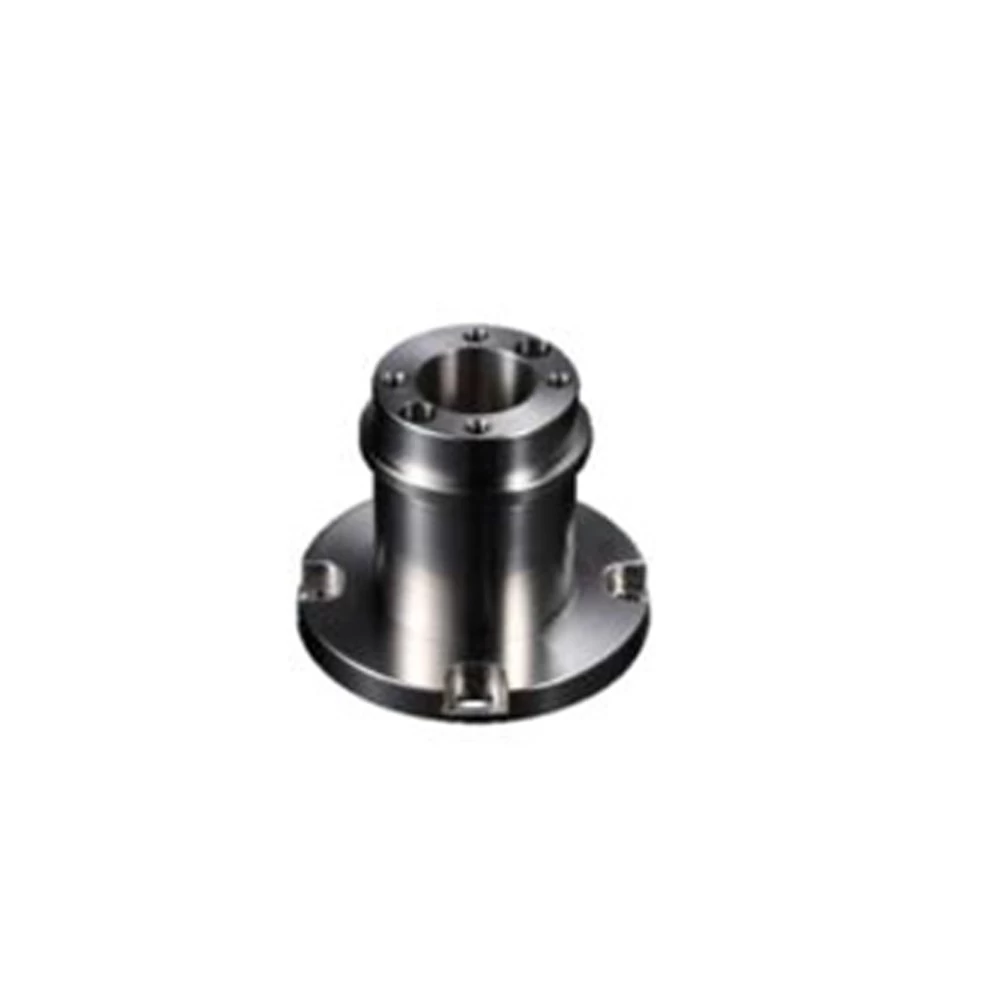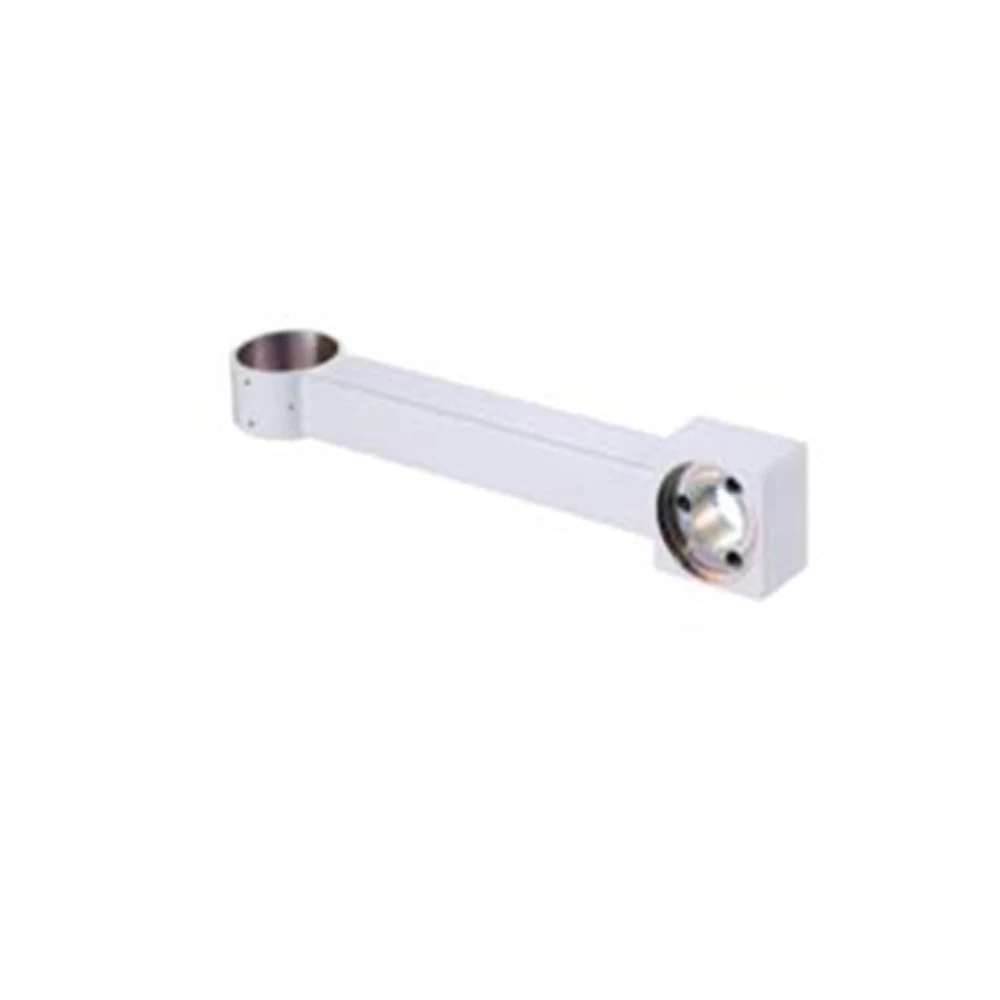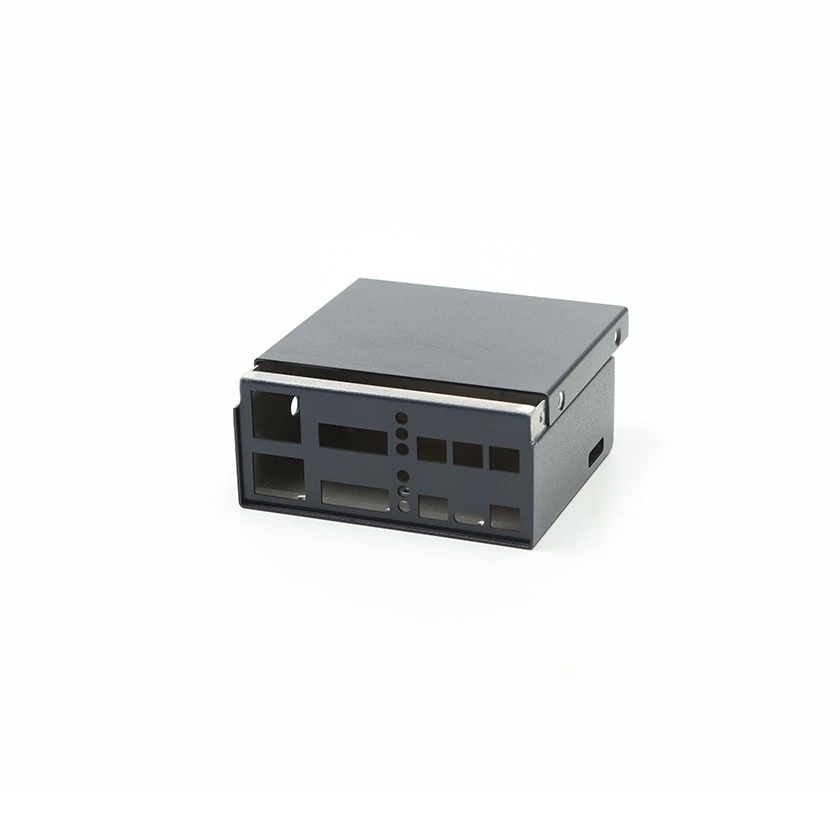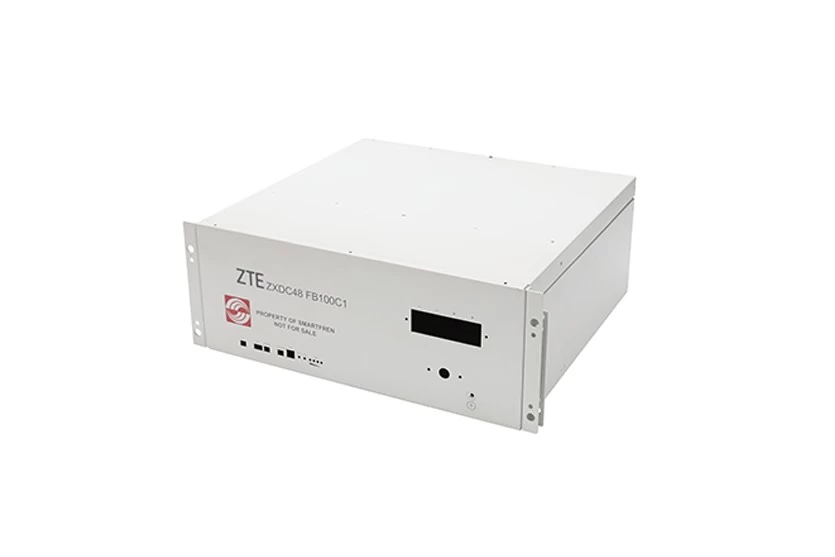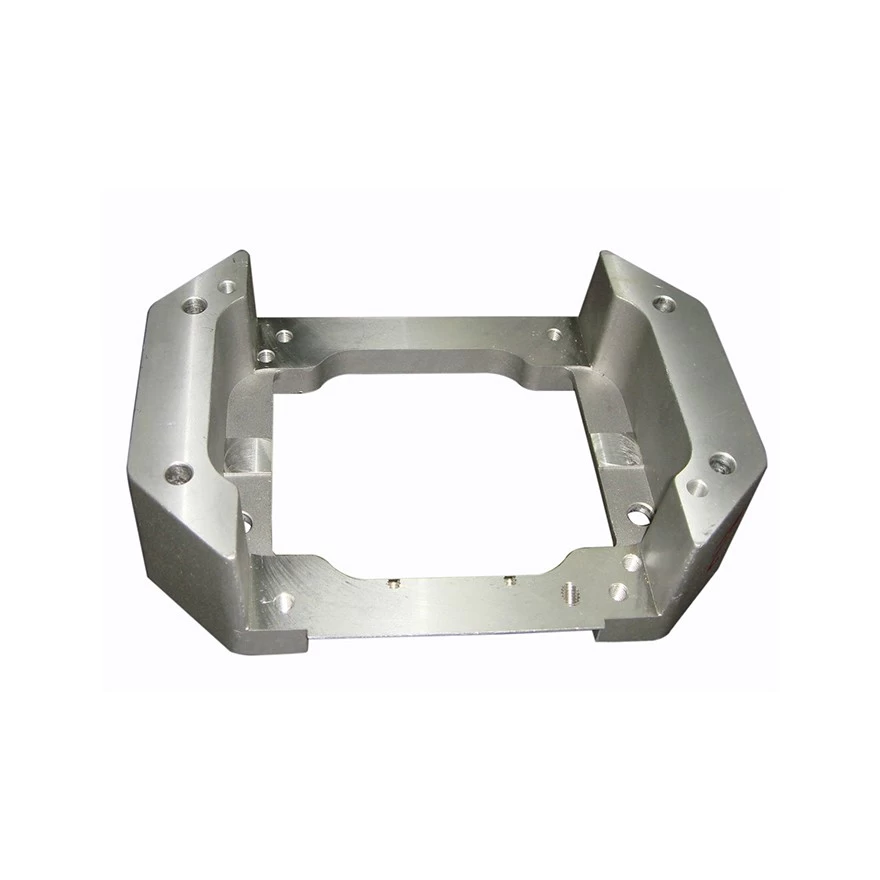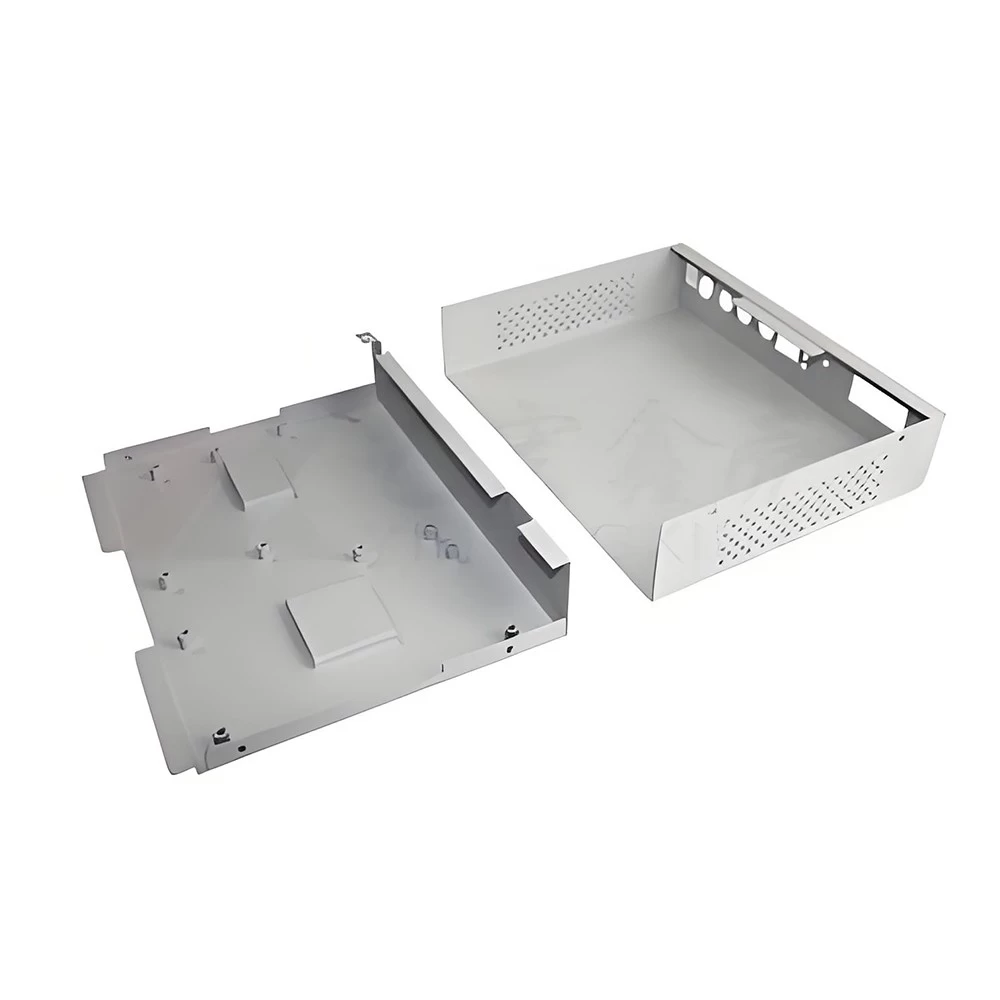China Titanium Sheet Metal Fabrication Manufacturer: Promotion of the Aerospace and Automotive Industries
As the demand for lightweight and high-strength materials in the global high-end manufacturing industry surges, titanium sheet metal fabrication technology is undergoing a breakthrough change. 2025 Q3, from the low-carbon titanium mass production base in Virginia, USA, to the world's largest titanium factory in Ludhiana, India, to the additive manufacturing micro-milling technology in China's labs, titanium sheet metal fabrication is making breakthroughs in the areas of efficiency, cost and sustainability, reshaping the supply chain landscape of aerospace, defense and new energy vehicles. As a China titanium sheet metal fabrication manufacturer, Houdry is also adjusting its technology path and industrial practice to echo the core direction of this change.
1. Material innovation: double leap in precision and performance
High-precision plate heat treatment technology: Northwestern Polytechnical University and Luoyang Shuangrui Precision Casting Titanium Industry developed a new type of heat treatment process, through the pure titanium flexible spacer stacking, dynamic temperature-controlled touring and gradient heat preservation technology, the unevenness of the plate shape of titanium alloy plate can be controlled at ≤8mm/m, breaking through the bottleneck of the traditional process of deformation.
Functional gradient material additive manufacturing: Lanzhou University of Science and Technology pioneered laser-arc composite additive technology, through the precise control of nitrogen flow rate, to achieve titanium alloy parts, “hard outside and tough inside” gradient performance - the outer TiN phase wear resistance increased by 300%, the internal The outer TiN phase is 300% more wear-resistant, while the inner layer maintains high toughness.
2. Technological revolution: the way to break the ice of cost and efficiency
Semi-solid die-casting process: Qingdao Yuyuan New Materials has developed high density die-casting technology jointly with universities, optimizing the liquid metal injection mode to “solid-liquid mixed state laminar flow filling”, which reduces the porosity rate of die-casting by 90%, and the strength of aluminum alloy is close to the standard of aviation grade, and is successfully applied to heavy truck chassis parts (weight reduction of 60%). Successfully applied to heavy truck chassis parts (60% weight reduction, 15% increase in safety performance).
Dissimilar metal composite connection: Xihe Changying's titanium-aluminum composite shell technology realizes millimeter-level fusion of titanium alloy bezel and aluminum alloy middle plate by pulse laser welding, which reduces the cost by 40% and signal attenuation by 50% compared with all-titanium solution and opens up a new path of lightweighting for consumer electronics.
3. Green Manufacturing: Substrate Reconstruction of Sustainable Industrial Chain
Zero-carbon Aviation Component Factory: Xizi Aviation cuts carbon emissions from titanium alloy component production by 72% through photovoltaic power supply and waste heat recovery system, and its technical standards have been incorporated into the global supply chain system by Airbus.
Cyclic design driven consumption reduction: BaoTi's β-type titanium alloy (30% stronger and 15% lighter) has been certified by Airbus, and its “mining-smelting-deep-processing” integration model significantly reduces raw material losses.
Precision manufacturing platform: Integrate laser cutting (±0.5mm tolerance), pulse welding and CNC processing capabilities to provide "material-structure-function" integrated solutions for aerospace and new energy vehicles;
Cost controllability breakthrough: Through titanium-aluminum composite structure design, in scenarios such as 5G electronic equipment housings, 60% cost optimization and 30% lightweight gain of all-titanium solutions are achieved;
Green standard output: Linking with zero-carbon factory ecology such as Xizi Aviation, photovoltaic power supply and short-process manufacturing are implanted into the titanium sheet metal production chain to respond to the ESG requirements of the global supply chain.
From the laboratory to the industrial chain, the breakthrough of China custom metal plate fabrication titanium technology is not only a process iteration, but also a reconstruction of the manufacturing paradigm - when "flexible partition stacking" overcomes the problem of plate deformation, when "semi-solid laminar filling" subverts the century-old die-casting logic, when "titanium-aluminum pulse welding" ends the dilemma of connecting dissimilar metals... Houdry represents the critical moment when China's manufacturing moves from "single point breakthrough" to "system innovation".
IperionX has taken the lead in commercializing its Titanium Manufacturing Campus in Virginia, and its core innovative technology, Hydrogen Assisted Thermal Metal Reduction (HAMR™), has successfully completed mass production verification. This technology recycles consumer electronic waste titanium, converts it directly into high-quality titanium ingots through smelting, and then rolls titanium plates through a modular forging system (HSPT™), reducing energy consumption by 40% and carbon emissions by 50%. The key breakthroughs are:
1. High value of waste: The circular supply chain established in cooperation with ELG Utica purifies electronic waste into aviation-grade titanium plate raw materials, with a cost reduction of 35% compared to traditional mining and metallurgy paths;
2. Modular expansion: The U.S. Department of Defense has funded $146 million to accelerate capacity construction, and completed $46 million in private equity financing in July 2025 to purchase long-cycle HAMR™ modules, with the goal of doubling capacity by 2030.
China custom sheet metal services titanium plate manufacturing is transitioning from "high-energy forging and rolling" to the trinity of "green recycling-additive customization-super finishing". With companies such as IperionX and Aerolloy pushing for mass production technology and a surge in global military and new energy vehicle orders, the cost of titanium alloy plates is expected to be halved by 2030, becoming a "universal material" for high-end equipment.

